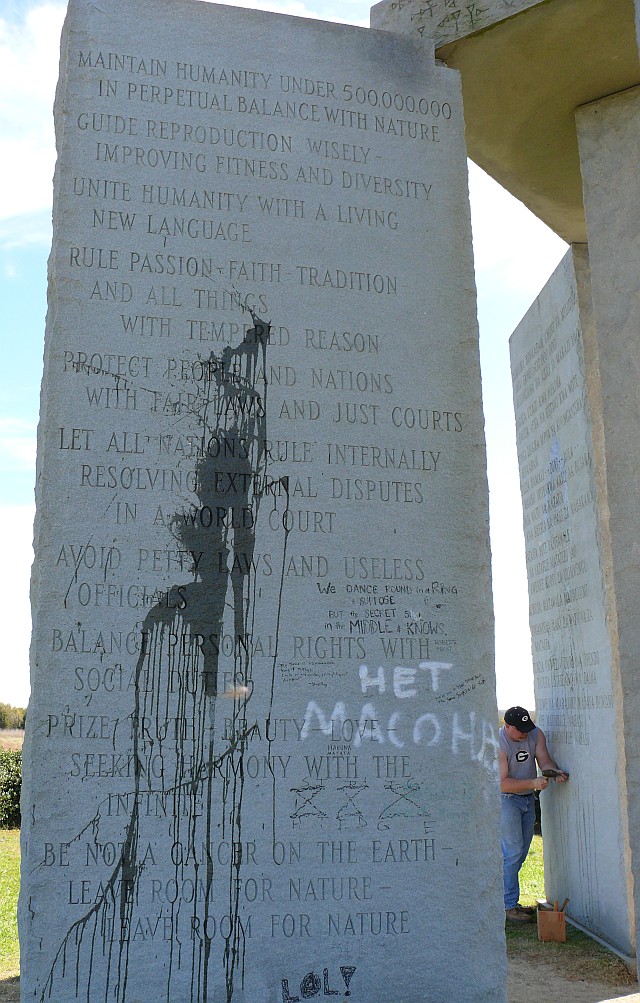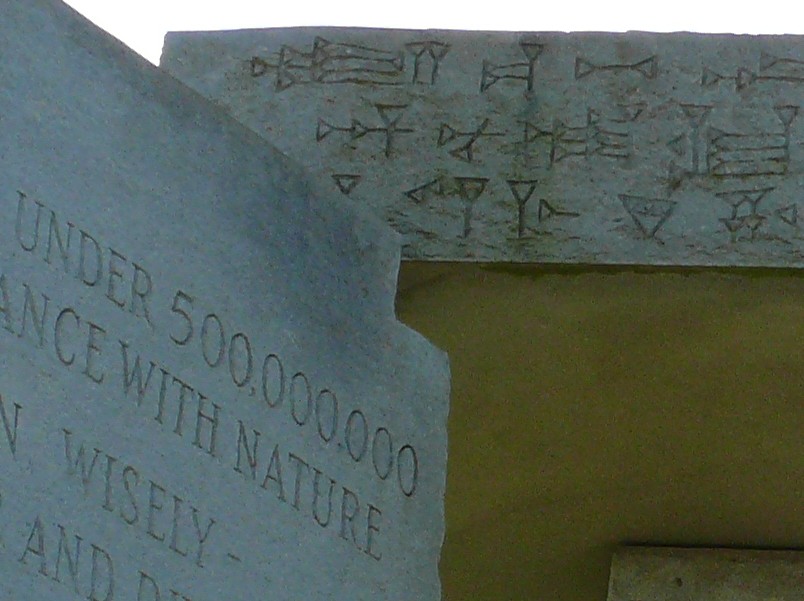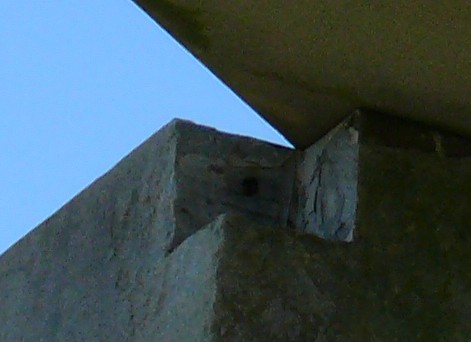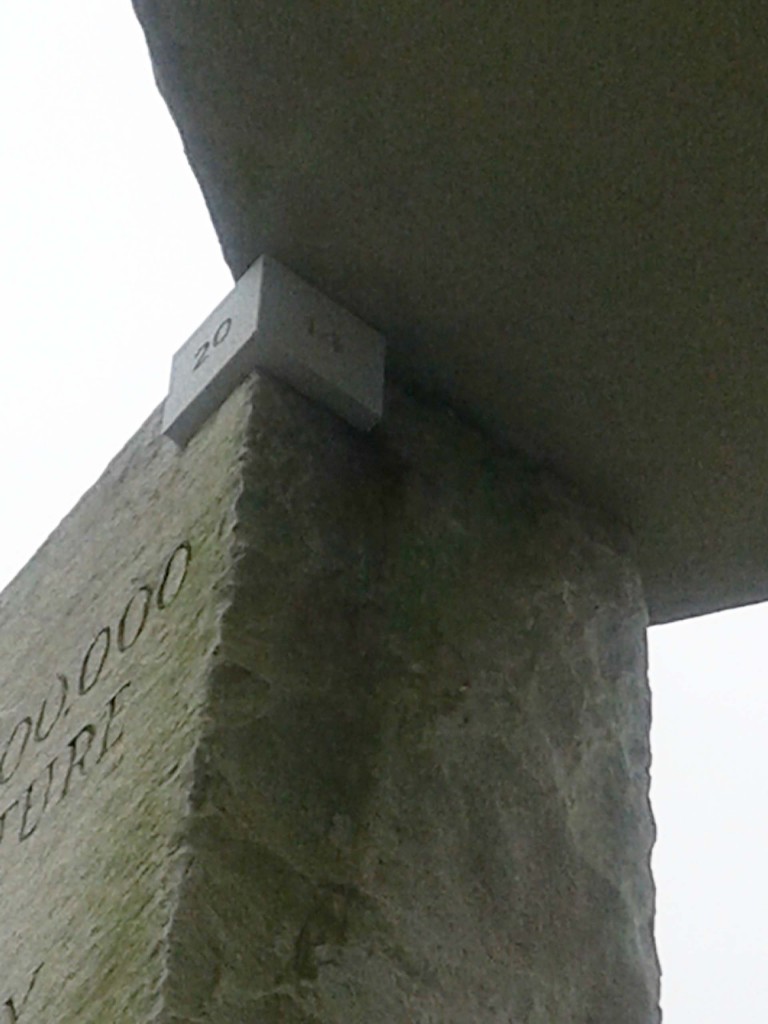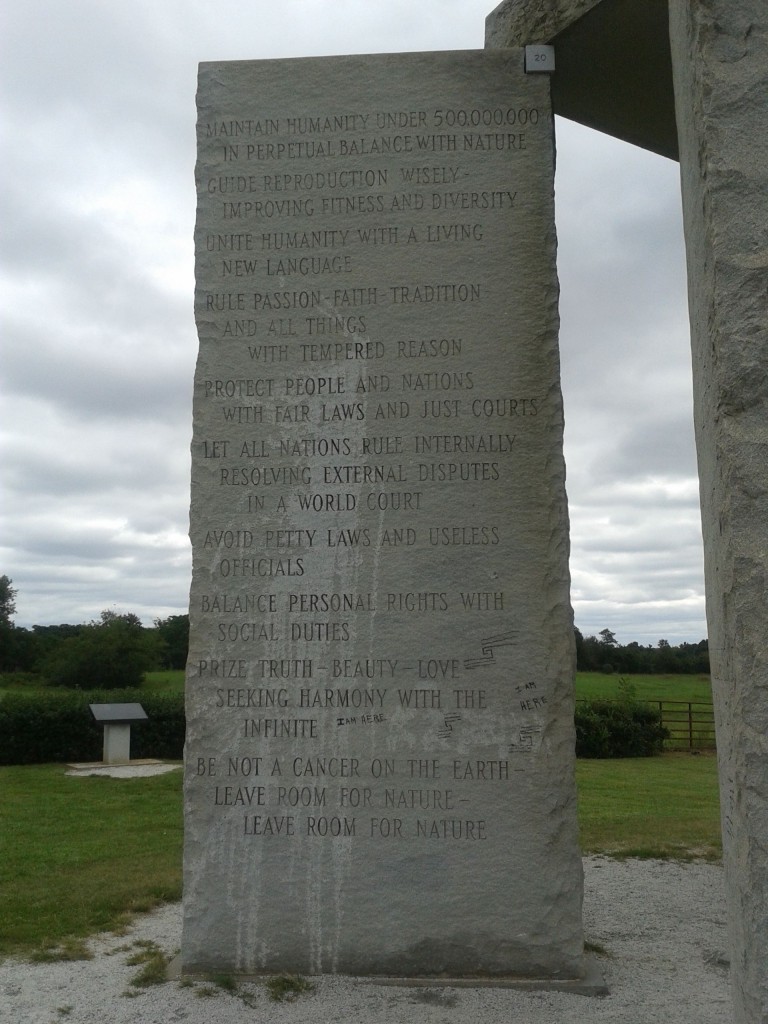Last week a row erupted when an article appeared on the Internet complaining about Windows 7 memory usage. The article maintained that a large number of personal computers were instrumented with monitoring software in order to log and upload various operating system state statistics like memory usage. Supposedly their data proved that Windows 7 was an even bigger memory hog than Windows Vista and much worse when compared with Windows XP.
Of course, like nearly everyone else the first thing that came to my mind is “SuperFetch,” a Microsoft service introduced with Vista that attempts to anticipate usage patterns and preload applications so that frequently used programs are available much more quickly than would otherwise occur. SuperFetch obviously consumes memory, but frees it quickly when needed by the user. However, this was such an obvious consideration that it was hard for me to imagine how any conscientious commentator on Windows 7 memory usage could not take SuperFetch into account (and apparently they did). Debate over whether or not SuperFetch was accounted for in the Windows 7 memory pig claims was the main source of the initial controversy.
But that row was tiny compared to the scandal that went nuclear after the shady connections between players in this soap opera were “discovered.”
The company behind the Windows 7-is-a-memory-hog-piece was Devil Mountain Software (DMS). Having been in the benchmarking business for a long time, “Randall Kennedy” immediately popped into my head when I saw DMS was involved, so I didn’t pay much attention to the initial story. Kennedy is constantly rattling his Infoworld cage and is a continual source of controversy; he is a real-life, public troll and I am sure this is at least partially intentional.
I met Kennedy long ago and had lunch with him at Bert McComas’ sadly now defunct Platform Conference. A long time back, Kennedy wrote OfficeBench, a simple OLE/COM-based Microsoft Office benchmark which he said he developed while under contract with Intel; however, Chipzilla panned it because it made their chips look weak. Kennedy updated the benchmark recently, which I downloaded and tested. Unfortunately, the workload itself had not been improved much. Worse, although I found some merit in earlier versions of OfficeBench, I dropped the updated product from my suite of performance tests at Centaur because its results were often not reproducible: run-to-run variations were frequently enormous.
Having written many benchmark tests myself including automated Microsoft Office benchmarks, I understood the source of OfficeBench’s flaws and was disappointed Kennedy had not addressed them.
Over the years I had marveled in a stupifed way at Kennedy’s continuing success at Infoworld, the IT news journal that was once my favorite publication of its kind. I’ve come to understand that the key to his popularity was a common personality condition I have seen among many successful people in the computer industry: Kennedy is loud and relentless to the point of being pathological: mistakes, egged faces, crushed toes and history be damned, Kennedy doesn’t quit being Kennedy. Indefatigability has its benefits and is almost an essential quality for achieving success in any field and can often overcome equally significant personality defects.
The connection between Devil Mountain Software and Randall Kennedy was well known to me because DMS distributed OfficeBench and because Kennedy publicly claimed ownership of that company, so I was surprised to see ZDNet’s Larry Dignan pen a piece where he “uncovered” this seemingly obvious link, a major component of the scandal he helped trigger. However, Dignan showed that link had been obscured recently and also convincingly demonstrated that Randall Kennedy was Craig Barth, the CTO of Devil Mountain Software who frequently fed ComputerWorld’s Gregg Keizer with DMS research, often to the detriment of Microsoft. Keizer quickly issued a mea culpa as this scandal began to unfold.
Like other past controversies, the initial furor would have passed and Kennedy would have survived to incite Internet conflict until he eventually grew old and tired of trolling. What makes the Dignan scandal much worse for Kennedy is that Kennedy also created a secret sock-puppet persona to bolster his real-world identity and to promote his business through various professional and respected publications.
As for Infoworld, with knowledge that Dignan’s scandalous article would soon be aired, Infoworld’s Eric Knorr hastily published a blurb announcing that his publication had reluctantly fired Kennedy. However, Infoworld certainly knew of the connections between Kennedy and Devil Mountain Software and even initially advertised this relationship along with the DMS applications they offered. However these links eventually were obscured over time, apparently systematically and intentionally. For his part, Kennedy claims that his Infoworld colleagues knew all along about his Craig Barth alter ego. He also maintains he quit and was not fired from his position as an Infoworld contributing editor. However, it appears certain that Kennedy did not let anyone know that he was pulling a snow job on Gregg Keizer. Rather than simply begging forgiveness for his duplicity, Kennedy brashly blames Keizer:
IDG knew. Galen Gruman, Executive Editor of InfoWorld knew. As did Eric Knorr. And several others. But poor Gregg Keizer – hey, the man was looking for an anti-Microsoft angle at every turn, and he let his zeal get the best of him.
Kennedy also clamors he was taken out by a Microsoft sponsored hit piece. To be sure, I can tell you that Randall Kennedy is neither beloved nor respected in Redmond, but “taking out” journalists is more Intel’s style (as we’ve discussed previously on this site) rather than Microsoft’s. Furthermore, Kennedy’s finger pointing does not begin to address the simple fact he created a sock-puppet to promote himself and his business through various industry publications — fooling and undermining the reputations of several — an act that was flat-out unethical.
To add insult to self-inflicted injury, Kennedy also has managed to wreck the credibility of his business, Devil Mountain Software. In his zeal to disprove a critical Ars Technica analysis by Peter Bright (here and here), Kennedy cited information gathered from Bright’s computer using his Tracker program, information that was supposed to be anonymized and untraceable (and sent unencrypted over http port 80, no less). Certainly many people will be uninstalling DMS software from their computers after hearing about this. And companies are now going to think twice before trusting Kennedy or his business again.
But don’t feel sorry for Randall. In the same comment where Kennedy blames Keizer for being tricked by him, 40-year young Randall C. Kennedy brags of his wealth and comfort in his beautiful, tropical home:
Now I think I’ll take a walk down to the Longan tree in my front yard and pluck a few for the beach. Life is tough when you’re semi-retired and living on one of the most beautiful tropical islands in the world (Mauritius). But hey, if people are going to compare me to Bernie Madoff, then I’ll be damned if I’m not going to live life to the fullest.
A man of reputedly boundless ego, if his wealth does not match his boasts, Randall C. Kennedy faces hard times ahead of him because all bridges behind him are in flames.
